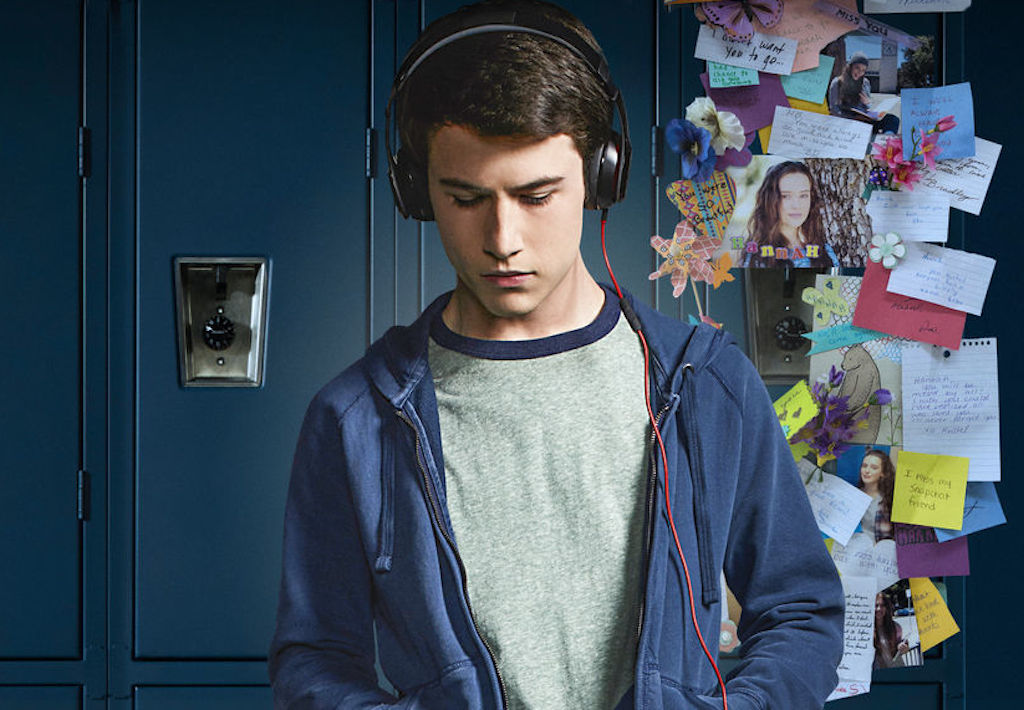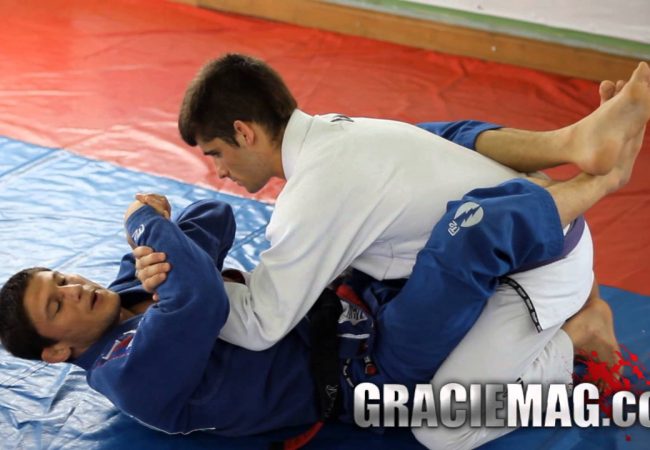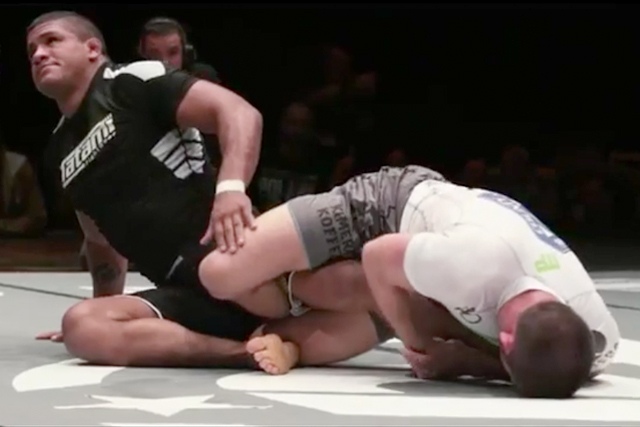
13 Reasons Why: the show deals with bullying and young people’s difficulty communicating.
Don’t worry about spoilers from the show, if you’re watching.
As he comes back from school, the character Clay Jensen gets a package with 13 cassette tapes containing the voice of a classmate explaining why she chose to take her own life. The 17-year-old boy goes on to listen to all of it to find out how he contributed to the tragedy. That’s the synopsis of Jay Asher’s 2009 best-seller 13 Reasons Why, recently adapted into a Netflix show.
In the series, the spectator takes blow after blow as they go over how the character Hannah Baker faces serious problems like sexual violence, bullying and prejudice, unable to signal to parents, school board or friends that she is depressed, about to do something drastic. Those who watched season one and practice BJJ may have noticed how the martial art might have helped with some of the episodes experienced by Hanna. Here are 13 benefits BJJ has to offer teenagers.
1. Healthy friendships – The story mentions the difficulty the characters have in making new friends when they change schools. At the BJJ gym, training partners become siblings for life, sharing interests and healthy habits.
2. Communication – Shyness and trouble exposing one’s feelings are nothing new for teenagers. BJJ helps the young person gain confidence and lose their fears — including the fear to communicate with relatives.
3. Lust for life – Constant learning and overcoming challenges in each session make a young person excited for tomorrow. BJJ teaches that there is nothing like a day after the other, and that life is a succession of good days and bad days.
4. Beneficial habits – Practicing BJJ regularly forces the person to eat right, sleep well and be physically well. Thus they tend to do away with bad habits like going to bed late, overeating and doing stupid stuff in general.
5. Respect – Those who train learn how to treat classmates well and respect teachers, and they begin to notice that those with more experience always have something to teach.
6. Advice – Thanks to sharing the school with instructors and older classmates, the teenager acquires older, more experienced friends who are always ready to provide good advice or tell what they have been through.
7. Interaction with parents – Trouble speaking to parents, shown throughout the show, is minimized by BJJ. Especially when kids and parents train together.
https://www.youtube.com/watch?v=JebwYGn5Z3E&feature=youtu.be
8. More fun – School life can be oppressively dull. BJJ offers hours of plenty of adrenaline and emotion, including wins against heavier opponents.
9. Self-confidence – Those who train quickly lose weight, feel good about themselves, and stop caring about being harassed by annoying kids at school.
10. Facing problems – BJJ teaches us not to let problems build up. Did something pop up — say, a hand bothering you on your collar? You must deal with it now or be submitted. In BJJ, as in life, sometimes you can’t just let it be.
11. Rape prevention – In the first few lessons, any girl or boy will learn the benefits of the guard and legwork to get rid of aggressors.
12. Less alcohol – In school life, it’s common for young people to want to break the ice at parties with alcohol or even heavier drugs. Through BJJ we learn we don’t need to get high to make friends — we build solid, lasting friendships on the mat.
13. No more bullying – As put by Rener Gracie, knowing BJJ amounts not to using fire against fire, but rather water against fire. One need not fight bullies at school to impose oneself. Just a conversation carried with a firm stare, or even just a T-shirt that reads “jiu-jitsu,” may suffice.



